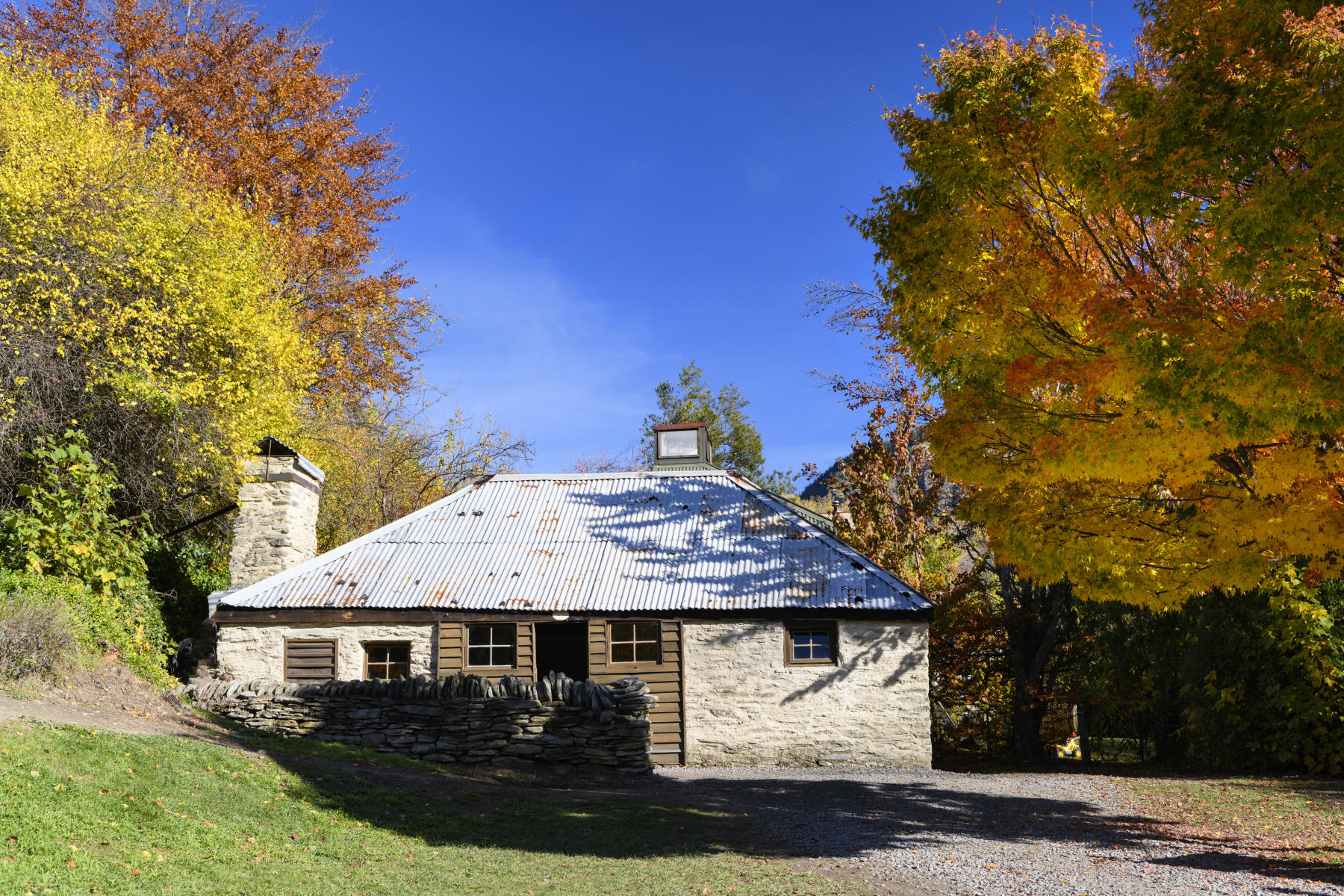Arrowtown is one of New Zealand's oldest towns, now famous for a discovery that saw fifteen hundred miners flock there at the end of 1862. The discovery, of course, was gold, found in the Arrow River in 1862 by Jack Tewa, a Maori shearer for one of the first European settlers in Queenstown William Rees.
Once word got out about this new discovery, thousands of miners flocked to Arrowtown within weeks hoping to get their hands on a slice of the rich fortunes. Cottages, shops and hotels were set up at a rapid pace to accommodate the new population. However after a few years, the gold became harder to extract and many of Arrowtown's miners decided to leave town in search of easy gold on the West Coast. The local economy took a hit, and so the Otago Provincial Government invited Chinese miners to help re-stimulate the economy from 1874. The Chinese were set up in a separate village to the European miners in much harsher conditions, and lived in small huts upstream from the European village.
The town was largely a gold mining town until in the 1950s, when New Zealanders turned their attention to the town as a summer holiday location. Luckily these new settlers recognised the importance of the town's picturesque original buildings and effort was put into preserving original buildings. The European Miners' Village and the Chinese Miners' Village still remain in Arrowtown, both sites giving visitors a glimpse into what life was like for some of Arrowtown's original settlers.

Ah Lum's Store, Arrowtown Chinese Village
The Arrowtown Chinese Settlement
The Chinese were forced to live in huts along isolated gullies on the banks of Bush Creek at the edge of town. Many of the huts have been restored, offering visitors the chance to step back into that 'golden' era and see up-close the toil and modest living conditions of the 'other half' in this historic town.
The most prominent hut at the Chinese settlement is Ah Lum's store. The store was acquired by Ah Lum in 1909 and served as a shop, a bank, a meeting place for the Chinese community, and accommodation for both travellers and visitors. Ah Lum was a well-respected leader in the Chinese mining community and served as an interpreter between the Chinese and European communities. He became a local hero after saving the life of a European miner who was drowning in the Shotover River.
The Arrowtown Chinese settlement is free to visit and is a five minute walk from Arrowtown's main streets. It's easy to access and explore with most of the huts built on flat land, one of the huts requires a short walk up a set of stairs.
The Chinese Village is a Tohu Whenua in Arrowtown. Located in stunning landscapes and rich with stories, Tohu Whenua form a network of places where visitors can walk in the footsteps of extraordinary and ordinary New Zealanders and hear about the deeds, struggles, triumphs and innovations that make us who we are.

Buckingham Street Miners' Cottages
Buckingham Street
Buckingham Street makes up the centre and heart of Arrowtown, with a procession of heritage buildings now housing shops, galleries, and restaurants, that stretch into an avenue of miners' cottages now housing local businesses, beauty parlours and quaint accommodation.
The cottages and buildings in the historic Buckingham Street precinct represent the original core of economic activity within the town. The cottages were home to the European miners' and are interesting to visit in comparison to the Chinese miners' village on the other side of town where living conditions were notably rougher.
The European Miners' Village is the second Tohu Whenua in Arrowtown.

